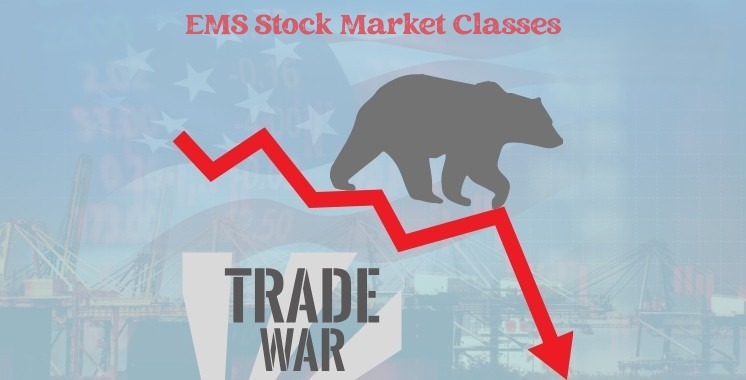The Significance of Technical Analysis in Stock Market Success

The stock market is a pretty complex place. Stocks keep trading. Prices keep rising and tumbling. Some companies hit their highest at a point, while some sink to the bottom. And this doesn’t happen once in a while but a…









